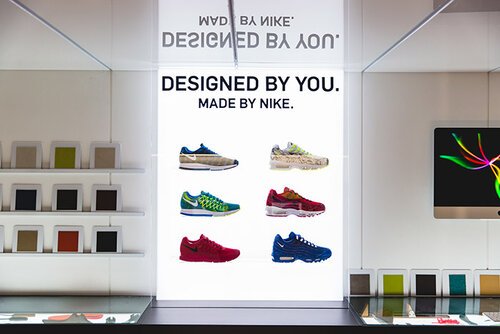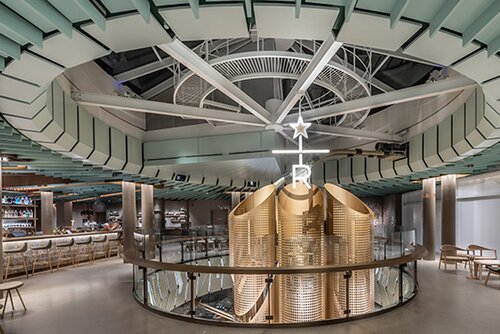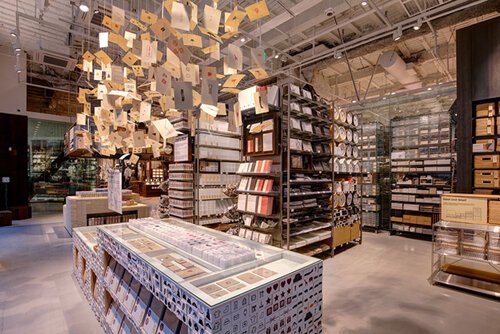The Imperfect Journey of Online Shopping... And What Brick and Mortar Stores Must Do About It
Online Shopping – When Necessity Meets ‘No Sweat’ Ease.
A recent Forrester report* notes that by May 2020, six in 10 US adults reported making an online transaction such as purchasing groceries or ordering restaurant delivery, for the first time. 40% of US online adults say they enjoy shopping in stores a lot less now compared with before the pandemic while another 15% claim their enjoyment has waned a little. With online shopping projected to grow 27% of overall retail sales by 2023, traditional brick and mortar retailers are scrambling to figure out their next moves. But shifts to online shopping aren’t the only challenges these retailers face. Besieged by supply chain issues, staffing shortfalls, and health and safety regulation management, many retailers are fighting battles on multiple fronts.
In my own work, I have certainly observed the shift to eCommerce. First, it was a behavior born from necessity. And now, it is an almost settled-into habit reinforced by the benefits of ease and convenience and one that supports a renewed DIY, at-home lifestyle. ‘Navigating to a New Normal,’ Ignite 360’s longitudinal study following the lives and purchase behaviors of a cross-section of Americans, points to the rise (or perhaps return) of consumer insourcing behavior. We observed our consumers doing more things for themselves. More yard work and gardening, more cleaning, more cooking with diminished reliance on external sources and services. As the world has begun to open up, it seems the light switch return to the pre-insourced days has not (yet) been realized. Will it ever be? Will we return to the way things were, eventually falling back into our pre-pandemic “trip to the store” form?
I’m not convinced.
Many retailers, particularly those who have not invested in building their own ecommerce infrastructures, seem stuck. They appear unwilling to do what it takes to revive and reengage their lapsed customers. I previously wrote a post about the key lessons retailers should take away from Marie Kondo’s art of tidying up. One of these lessons was avoiding the trap of nostalgia. Retailers must break away from their past to find their way into the new future of shopping. If they do not, they risk obsolescence.
It’s Time to Get Unstuck and Be Creative.
Without arguing the prioritization of first fixing supply chain issues, I would encourage retailers and the brands with whom they partner, to learn from, and build empathy toward, those converted online shoppers. Assessing both their behaviors and their attitudes is one of the best ways to identify the potential pain points embedded within the online shopper journey. As anyone who has been frustrated by a late or missing online order delivery or in-transit product breakage can tell you, the world of online shopping is far from perfect. Yes, e-comm has its problems. Fulfilling the need for speed and ease, online shopping has yet to fully provide an emotional or social experience. And it is delivering on this need for experience and social engagement where physical store environments are at a distinct advantage. Of course, most retailers will need to up their game to create the experiences, the social excitement, that shoppers – so long isolated and stuck at-home -- are (once-again) seeking.
Take Inspiration from Experience Leaders.
Forbes recently published a list of its top retail chain experiences.** Among their many positives, these retailers did the following very well:
Customization and Create-My-Own. Nike flagship stores contain sneaker customization bar.
Experience Theater. Example: Starbucks Reserve Roastery. It’s a show!
Make Exploration Fun. MUJI lab in Portland plays with the layout and store design to encourage a journey of exploration and discovery. They are working with local students to create an art wall installation.
Hyperlocal. Drawing inspiration from the neighborhood and location in both store design and product offerings. Stores that offer exclusives ‘of the place’ to encourage a one-of-a-kind purchase motivation.




Stores owned by a single brand, like Nike, may have an advantage in their ability to focus on brand-building experiences within their own retail environments. But large chains, grocery, and mass merchandisers don’t need to be left in the dust. Investments in experience show promise as a draw for those now online shopping converts. Ideas to build upon are those infusing the elements of experience, customization, and exploration into the now stale store walls.
Here are some ideas to infuse more experience into retail spaces
Mix ‘n Match – in grocery, create your own 6-packs from single-serve beverages or snack assortments. In health and beauty, create-your-own make-up palette or trial size starter kit for your skin type, hair type, etc.
Feature the Makers – Encourage exploration and bring the theater of making front and center. Flow and store design certainly play a part as does creative merchandising and display. But, taking it a step further, consider entertainment meets education in live demonstrations where products can be featured, and techniques taught. Restaurants have been doing this for years by putting glass partitions between diners and the chef. We know this model successfully drives business to enhance the stardom of the chef and the experience of the diners. So, home improvement/DIY (an industry that is booming during the pandemic!) can follow suit and schedule live demos of common DIY projects. In grocery, offer cooking, cocktail and baking demos and classes.
Destination Deals – Take a page from the book of ‘must be present to win’ and drive traffic via exclusive promotions or deals which can only be unlocked in-person and in-store. Freebies and gift with purchase are another time-tested way to bring in shoppers.
Forge a Social Connection – Continued improvement in post-purchase follow-up to keep the connection going and show your readiness to provide support if help is needed. Provide incentives to shoppers to encourage customer reviews and create some more conversation. Promote unique hashtags and provide an Instagram-worthy backdrop where shoppers can share their retail adventures with their network.
Bottom Line.
Brick ‘n mortar requires reinvention to see a return of shoppers and a return on investment. In addition to putting health and safety first, retailers must capitalize on the frustrations of online shopping; namely the lack of experience to explore the sights, sounds and yes, even the smells of a social store environment. A big step in the experience direction can help retail bounce back and bring back that loving feeling.
Need help mapping shoppers online shopping journey to identify needs and points of friction? Look no further. Ignite 360 has led customer experience and journey insights identification for multiple brands and across sectors. Email me when you are ready to get started! Lisa@ignite-360.com
For more ideas about how to bring back the converted online shopper:
HOW CONSUMER INSOURCING IS IMPACTING YOU AND YOUR BUSINESS (AND 3 STEPS TO DEAL WITH IT)
CONSUMER JOURNEYS IN FLUX: THE CHANGE YOU CANNOT WAIT TO DISCOVER IS HAPPENING RIGHT NOW

